The Abdominal wall consists of three layers, which are composed of different types of tissue, and delimits the abdomen with the abdominal organs. Damage in the tissue of the abdominal wall or a weakening of the associated muscles lead to various complaints.
What are the characteristics of the abdominal wall?
The Abdominal wall encloses and delimits the abdomen. It connects the chest and pelvis. The abdominal wall is divided into three areas, the ventral (front), the lateral (side) and the dorsal (rear) part. The term abdominal wall is usually only understood to mean the ventral and lateral sections of the abdominal wall.
The abdominal wall is made up of three layers with different types of tissue. The ventral and lateral areas of the abdominal wall are free of bones, and this is where the middle layer of muscles and tendons bears most of the load. The organs in the abdomen and the fat tissue covered by the peritoneum exert pressure on the abdominal wall, which the abdominal muscles counteract.
Anatomy & structure
The superficial layer of the abdominal wall consists of the so-called Cutis, that is, the upper and dermis. Below is the Subcutis, a layer of skin made up of connective and adipose tissue and the abdominal fascia, the superficial body fascia. The connective tissue is permeated by blood vessels and nerves. The middle layer is made up of various abdominal muscles, the Transversalis fascia (the inner abdominal fascia) and the rectus sheath. The abdominal muscles include the External obliquus abdominis muscle (external abdominal muscle], the Internus abdominis oblique muscle (internal oblique muscle), the Transversus abdominis muscle (transverse abdominal muscle) and the Rectus abdominis muscle (straight abdominal muscle).
The rectus sheath is a canal made of tendon plates in which muscles, nerves and vessels are located. The third or deep layer of the abdominal wall contains connective tissue and what is known as the peritoneum, which lines the abdomen. The peritoneum lies against the inner abdominal fascia with the parietal peritoneum, which is the outer sheet of the peritoneum. The visceral peritoneum covers the abdominal organs.
Function & tasks
The abdominal wall has many functions. So it serves to protect the abdominal organs. These include the liver, gall bladder, stomach, intestines, pancreas and spleen. In the subcutis, the so-called subcutaneous tissue, fat can be stored as an energy store for the body.
The storage of fat also serves as protection against the loss of heat. The middle, muscular layer of the abdominal wall ensures the mobility of the trunk forwards and enables the torso to rotate. It also stabilizes the abdominal wall. As auxiliary breathing muscles, the muscles of the abdominal wall support exhalation and the interaction between heartbeat and breathing.
It also supports the spine and back muscles. With the help of the so-called abdominal press, in which pressure is exerted on the abdominal area by tensioning the abdominal muscles, stool evacuation can be supported in interaction with the pelvic floor muscles and the diaphragm.
The muscles of the abdominal wall can also help in emptying the urinary bladder in the case of bladder emptying disorders. The abdominal press can also increase the effect of labor during labor. The peritoneum, which lies in folds in the deep layer of the abdominal wall, envelops the abdominal organs and can release and absorb the so-called peritoneal fluid, a secretion that acts as a kind of lubricant.
This allows the organs located in the abdominal cavity to move more easily against each other. This is necessary, for example, when eating through a full stomach, during pregnancy, when moving and when breathing. At the same time, it holds the abdominal organs in their intended position and protects them. The peritoneum is traversed by blood and lymph vessels as well as nerves and thus supplies the organs.
You can find your medication here
➔ Medicines for stomach ailments and painIllnesses & ailments
Diseases or damage to the abdominal wall can lead to a variety of complaints. These include pulling pains in the abdominal region, which are often stronger when moving, coughing or lifting heavy objects than when resting. For example, weak points or cracks in the layers of the abdominal wall can lead to a so-called hernia, a break, in which the intestines push outward, can form protuberances and are visible through a swelling at the break point.
There are weak points, for example, in the umbilical and groin area, where an umbilical or inguinal hernia can occur, which are not fractures but hernias. Hernias are one of the most common surgical diseases. A hernia can also arise from a malformation of the abdominal wall in the embryonic age, where a lack of blood flow can already cause gaps in the tissue layers.
A hernia can also arise from a so-called postoperative laparoschisis. This is understood to mean a gap in the tissue layers that is created after a surgical procedure. Inflammation of the abdominal wall can lead to a reflex defense tension in the abdominal muscles.
If the peritoneum is irritated, this can lead to nausea and vomiting or dizziness. With so-called ascites, more fluid accumulates in the peritoneum and the abdomen swells. In appendicitis, inflammation of the peritoneum is often a concomitant disease and is associated with severe pain.
If the abdominal muscles in the middle layer of the abdominal wall are too weak, back problems can arise. The lumbar spine bends forward, creating a hollow back and, in addition to tension in the back muscles, can permanently damage the intervertebral discs.
Another problem in connection with the abdominal wall can be tumor diseases such as lipomas or liposarcomas in the subcutis. In the case of tumor diseases of the internal organs, metastases often develop in the area of the peritoneum.

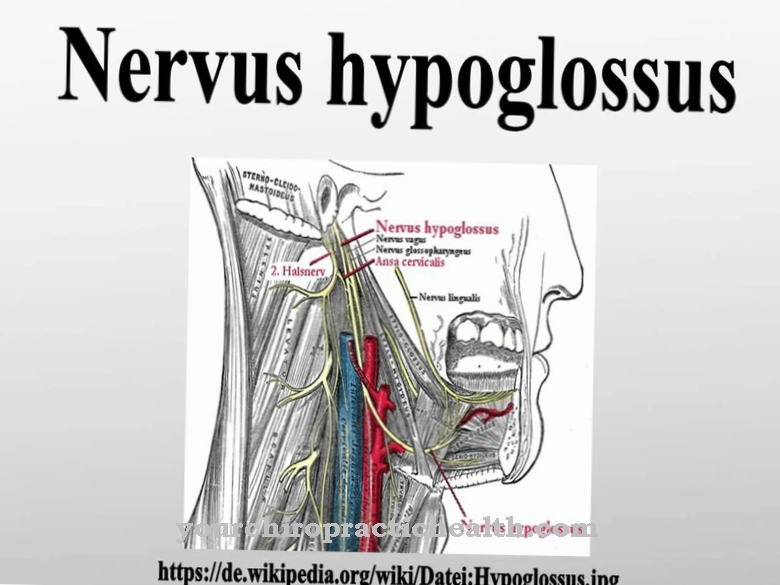

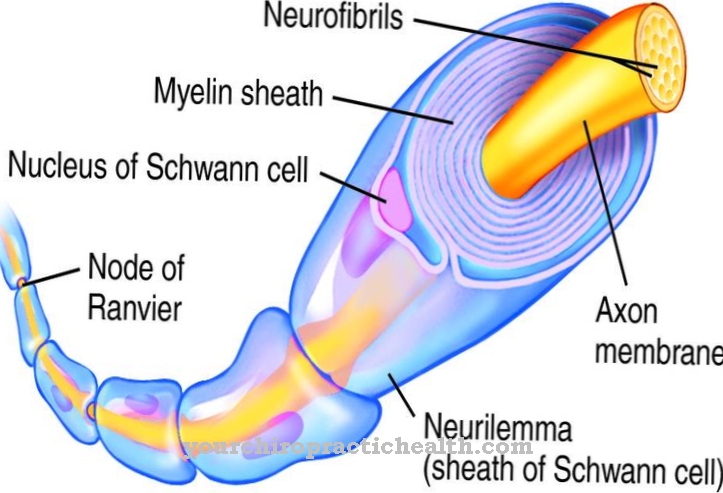
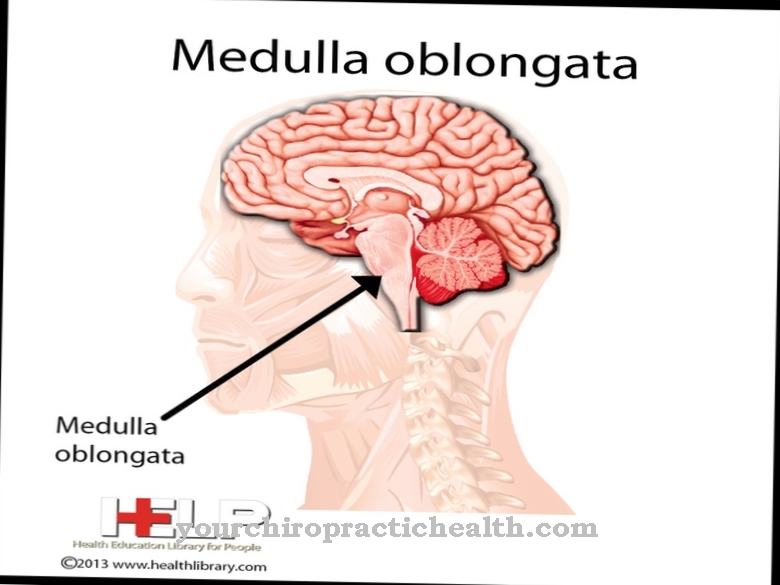
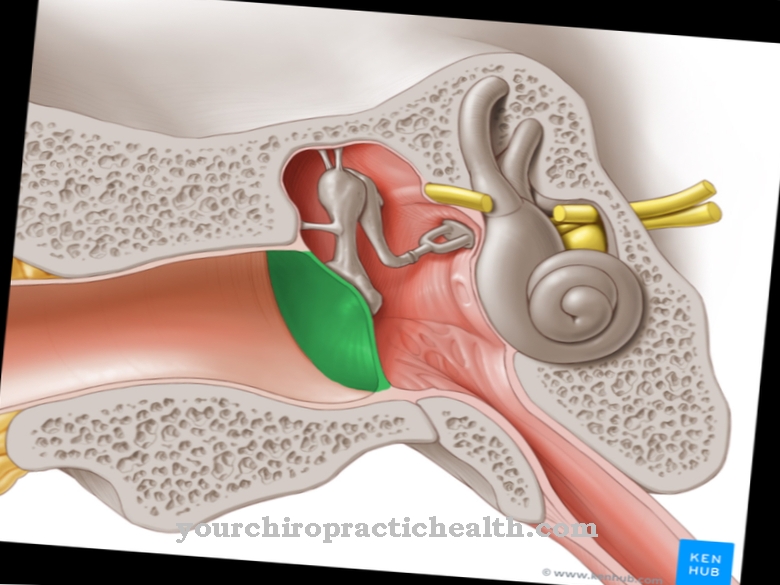
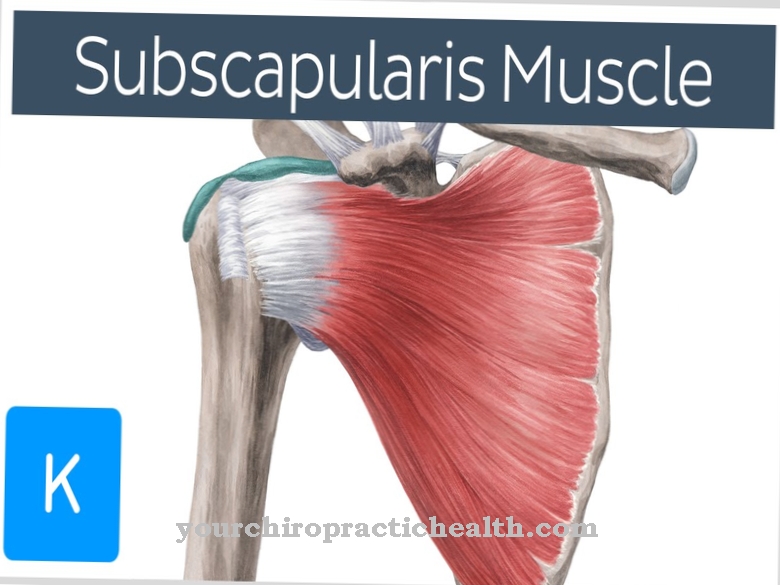





.jpg)



.jpg)










.jpg)
